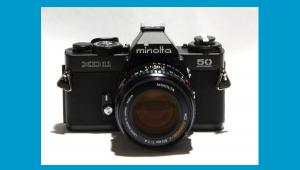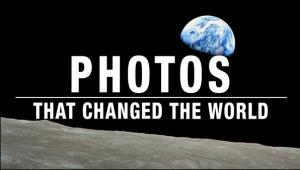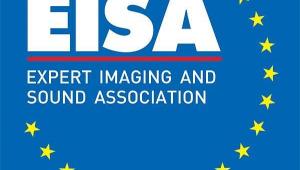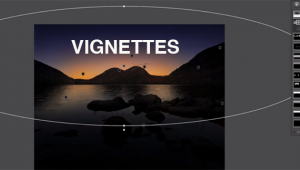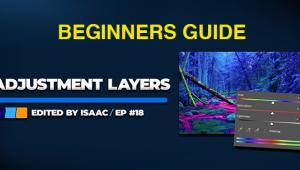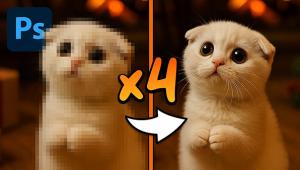SDXC Signals New Generation Of Removable Memory With Up To 2 Terabytes Of Storage
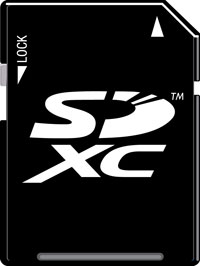 Larger capacity and faster transfer speeds allow for expanded entertainment and data storage. A 2TB SDXC memory card can store 100 HD movies, 60 hours of HD recording or 17,000 fine-grade photos. “With SDXC, consumers can quickly download higher quality content to their phones, including games, video and music – giving consumers a richer media and content experience,” said James Taylor, president of the SD Association.
Larger capacity and faster transfer speeds allow for expanded entertainment and data storage. A 2TB SDXC memory card can store 100 HD movies, 60 hours of HD recording or 17,000 fine-grade photos. “With SDXC, consumers can quickly download higher quality content to their phones, including games, video and music – giving consumers a richer media and content experience,” said James Taylor, president of the SD Association.
Shooting pictures at the speed of life SDXC is also the first memory card specification to provide 2TB storage without hindering the high-speed performance necessary for high-end photography. It will provide maximum speeds even when the SDXC specification achieves its maximum 2TB storage capacity. "SDXC is a large-capacity card that can store more than 4,000 RAW images, which is the uncompressed mode professionals use, and 17,000 of the fine-mode most consumers use. That capacity, combined with the exFAT file system, increases movie recording time and reduces starting time to improve photo-capturing opportunities,” said Shigeto Kanda, general manager at Canon. “Improvements in interface speed allow further increases in continuous shooting speed and higher resolution movie recordings. As a memory card well suited to small-sized user-friendly digital cameras, the SDXC specification will help consumers realize the full potential of our cameras."
SDXC will enable camcorders to provide longer, professional level HD video recording with a small form factor.
The SDXC specification uses Microsoft’s exFAT file system to support its large capacity and interoperability in a broad range of PCs, consumer electronics and mobile phones. The exFAT system was designed for increased compatibility with flash media, from portability of data to interoperability with multiple platforms.



